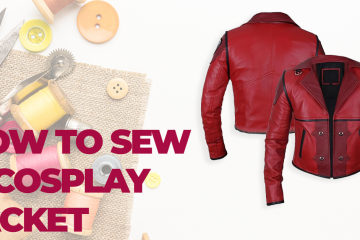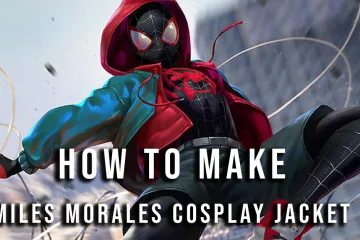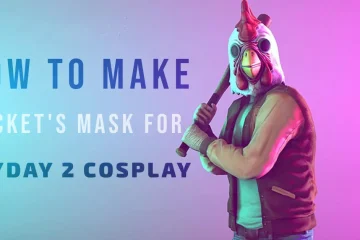Leather jackets have had a profound impact on fashion for over a century. They have evolved from functional outerwear to iconic fashion statements, transcending various subcultures and influencing mainstream trends. This article delves into the journey of leather jackets through the decades, highlighting their significance and transformation in the world of fashion.
The Early Days: 1920s-1930s
Aviation and Military Influence
Leather jackets were initially designed for practical purposes, particularly for aviators and military personnel. The U.S. Army introduced the A-1 flight jacket in 1927, which later evolved into the iconic A-2 and G-1 jackets used by pilots during World War II. These jackets were prized for their durability and warmth.
- Style Note: Early leather jackets featured heavy-duty materials, high collars, and snug fits to protect against harsh conditions.
The 1950s: The Birth of the Rebel
Hollywood and Youth Culture
The 1950s saw leather jackets become a symbol of rebellion and non-conformity, thanks in large part to Hollywood. Marlon Brando’s portrayal of Johnny Strabler in “The Wild One” (1953) and James Dean’s role in “Rebel Without a Cause” (1955) cemented the black leather biker jacket as the epitome of cool.
- Style Note: The classic biker jacket, characterized by its asymmetrical zippers, snap-down collars, and metal studs, became a staple for rebellious youth.
The 1960s: Rock ‘n’ Roll Revolution
Music and Counterculture
The 1960s brought the rise of rock ‘n’ roll, with leather jackets becoming synonymous with the genre. Icons like The Beatles and The Rolling Stones popularized leather jackets as part of their stage attire, influencing a generation of fans.
- Style Note: Slimmer fits and minimalist designs were favored, reflecting the era’s shift towards more streamlined and modern aesthetics.
The 1970s: Punk and Glam
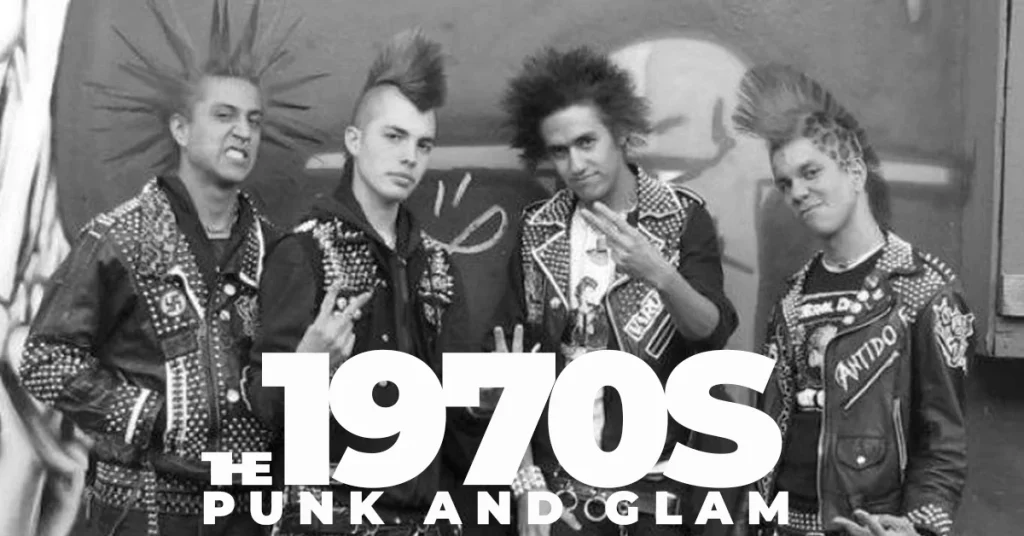
Subculture Expression
Leather jackets took on new life in the 1970s with the emergence of punk rock and glam rock. Bands like The Ramones and Sex Pistols adopted leather jackets adorned with pins, patches, and spikes, making them a symbol of anti-establishment attitudes.
- Style Note: Customization became key, with wearers personalizing their jackets to reflect their individual style and beliefs.
The 1980s: Mainstream Acceptance
Pop Culture and Film
The 1980s saw leather jackets become mainstream, partly due to their prominent presence in film and television. Harrison Ford’s Indiana Jones, Tom Cruise’s Maverick in “Top Gun,” and Michael Jackson’s red leather jacket in the “Thriller” music video were pivotal in popularizing different styles of leather jackets.
- Style Note: Varied styles, including bomber jackets, trench coats, and brightly colored leather jackets, gained popularity.
The 1990s: Grunge and Minimalism
Alternative Fashion
In the 1990s, leather jackets were embraced by the grunge movement and minimalist fashion trends. Grunge icons like Kurt Cobain of Nirvana wore leather jackets as part of their laid-back, anti-fashion look. At the same time, minimalist designers introduced sleek, unembellished leather jackets that appealed to a broader audience.
- Style Note: Distressed and oversized jackets became popular, often paired with flannel shirts and ripped jeans.
The 2000s: Revival and Reinvention
High Fashion and Retro Revival
The early 2000s saw a resurgence of interest in vintage and retro styles. Designers began reinterpreting classic leather jacket designs, integrating modern elements while paying homage to their historical roots. High fashion brands like Balenciaga and Saint Laurent introduced luxury leather jackets to the runway, blending street style with couture.
- Style Note: High-quality materials and craftsmanship became a focus, with leather jackets seen as investment pieces.
The 2010s: Diversity and Inclusivity
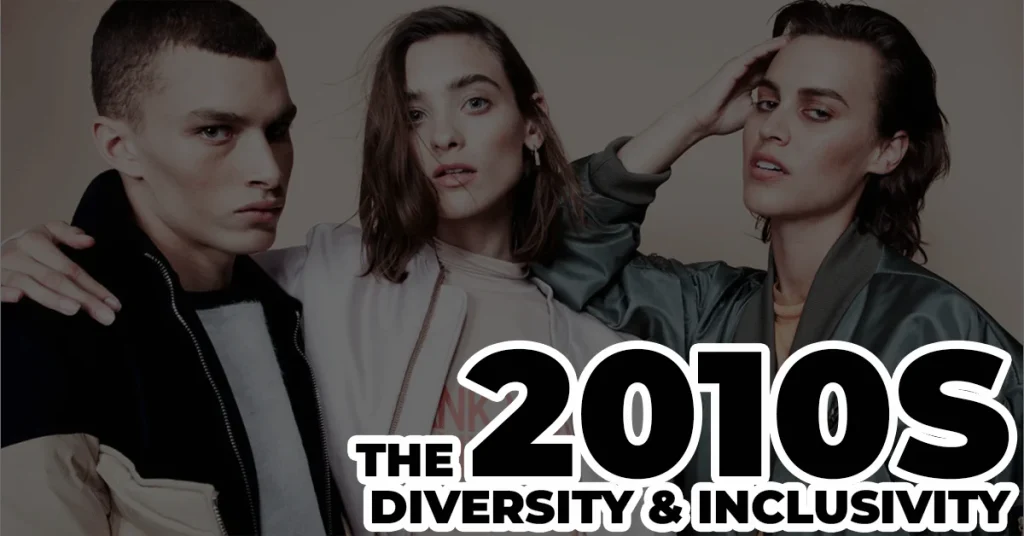
Streetwear and Gender Fluidity
The 2010s brought a democratization of fashion, with leather jackets becoming a staple in streetwear and an essential piece in gender-fluid wardrobes. Celebrities like Kanye West and Gigi Hadid were frequently spotted in leather jackets, further cementing their status as versatile and inclusive fashion items.
- Style Note: Leather jackets were styled in myriad ways, from oversized streetwear looks to tailored, gender-neutral designs.
The 2020s: Sustainability and Innovation
Eco-Friendly Fashion
As we move into the 2020s, sustainability and ethical fashion have become paramount. The leather jacket industry is adapting by exploring eco-friendly materials such as vegan leather and recycled leather. Brands are also focusing on ethical production practices to meet the growing demand for sustainable fashion.
- Style Note: Sustainable leather jackets maintain classic styles while incorporating innovative, environmentally friendly materials.
Conclusion
The evolution of leather jackets through the decades highlights their enduring appeal and adaptability. From their utilitarian roots to their status as fashion icons, leather jackets have continually reinvented themselves to stay relevant. As we look to the future, the leather jacket remains a symbol of style, individuality, and timelessness, poised to influence fashion for decades to come.



